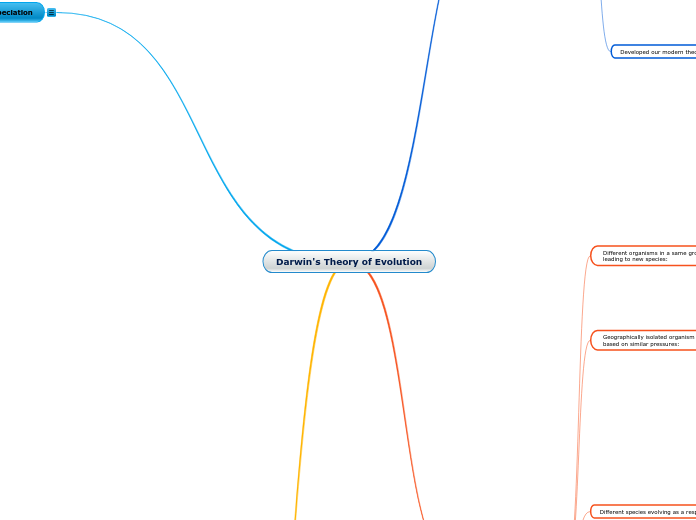Darwin's Theory of Evolution
Notable Figures
Economist who also studied population growth:

Thomas Malthus

His work helped Darwin understand population growth and applied this knowledge to different species
Developed a theory of evolution involving a constant growth pattern from simple --> complex:

Jean Lamarck
Acted as Darwin's correspondent for geology:
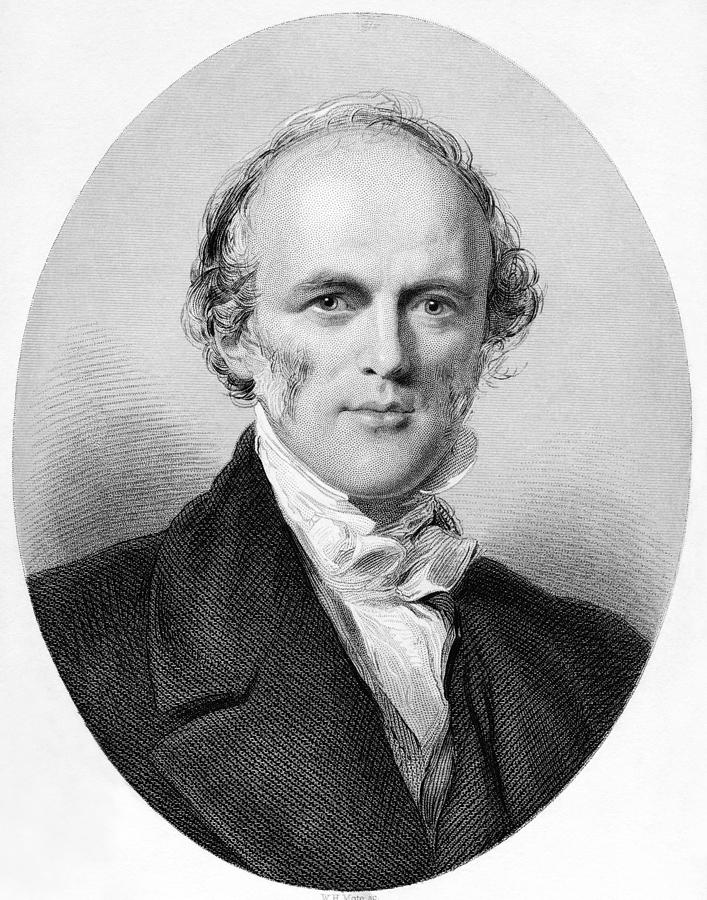
Charles Lyell

Fossil Record
Geology and the Fossil Record contributed to Darwin's understanding of evolution and the origin of species
Developed our modern theory for evolution:

Charles Darwin
Patterns in Evolution
Different organisms in a same group develop differently leading to new species:

Divergent Evolution
These organisms develop:

Homologous Features
Geographically isolated organism develop similar phenotypes based on similar pressures:
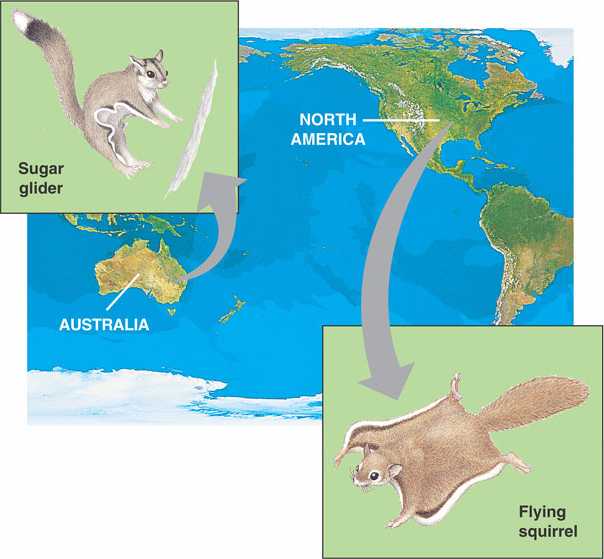
Convergent Evolution
These organisms develop:

Analogous Features
Different species evolving as a response to each other:

Co-evolution
Can be caused by symbiotic relationships where:
Both organisms benefit:

Mutualism
One organism benefits, the other receives a negative effect:
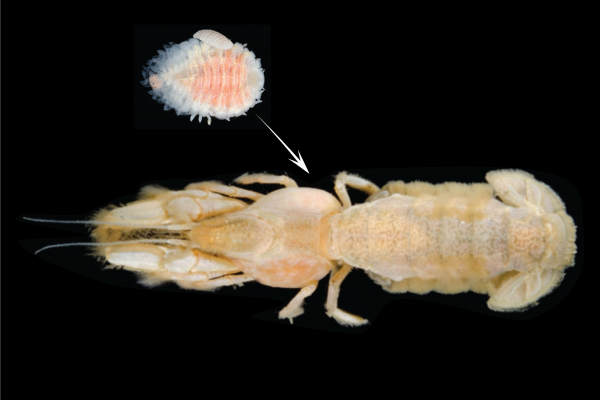
Antagonism
One organism benefits, the other isn't affected:
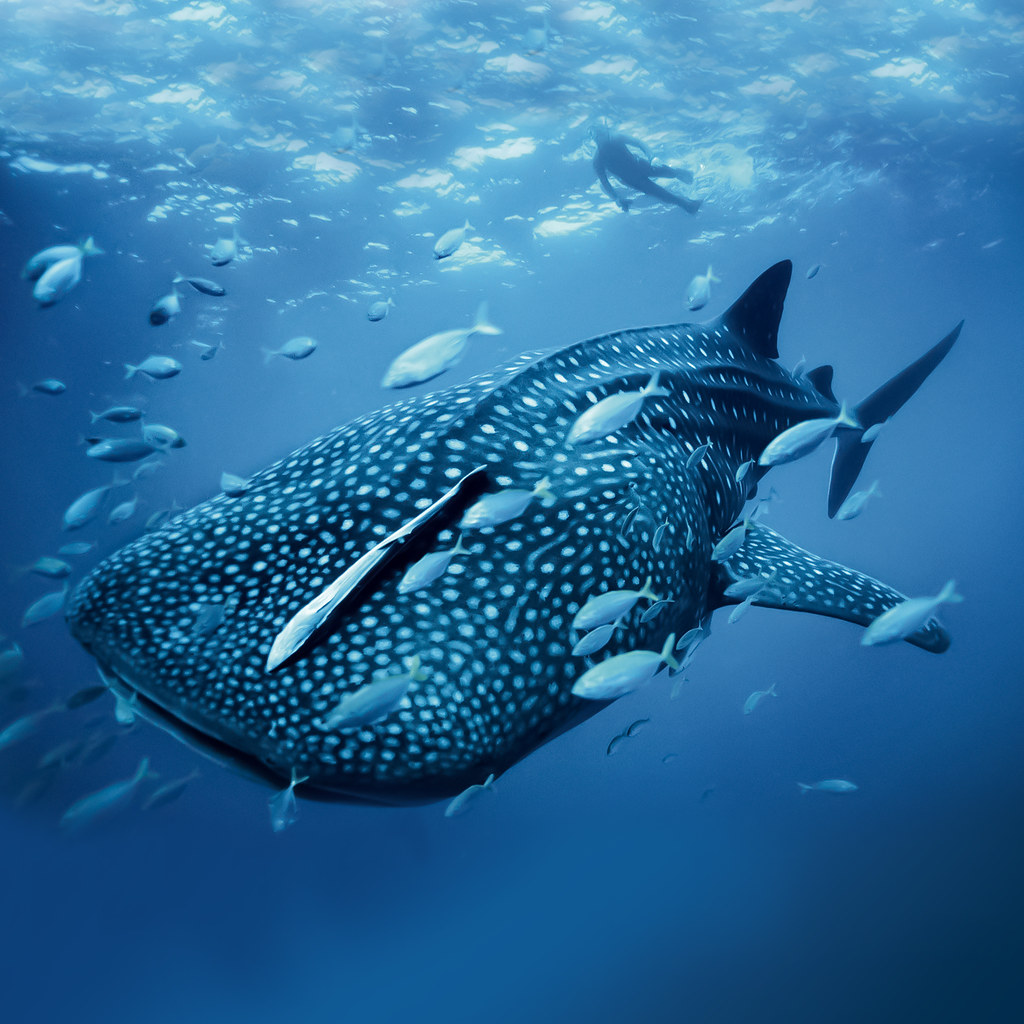
Commensalism
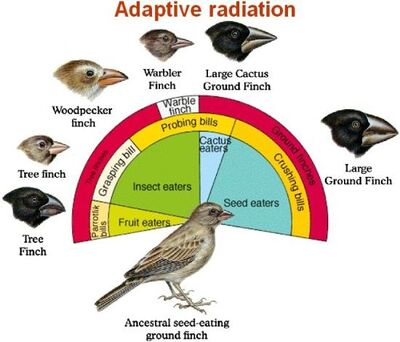
Adaptive Radiation

Biogeography
An example of biogeography and adaptive radiation:

Galapagos Islands
Observed during:

Voyage of the Beagle

Speciation

Reproductive Isolation
Isolation occurring before the formation of a zygote:
Prezygotic Isolation
Ecological Isolation

Habitat Isolation

Temporal Isolation

Behavior Isolation

Mechanical Isolation

Gamete Isolation
Isolation occurring after the formation of a zygote:
Postzygotic Isolation
Zygote Mortality
Hybrid Inviability
Hybrid Infertility
Examples:

Liger

Mule
Biological Species

Evolutionary change without selection:
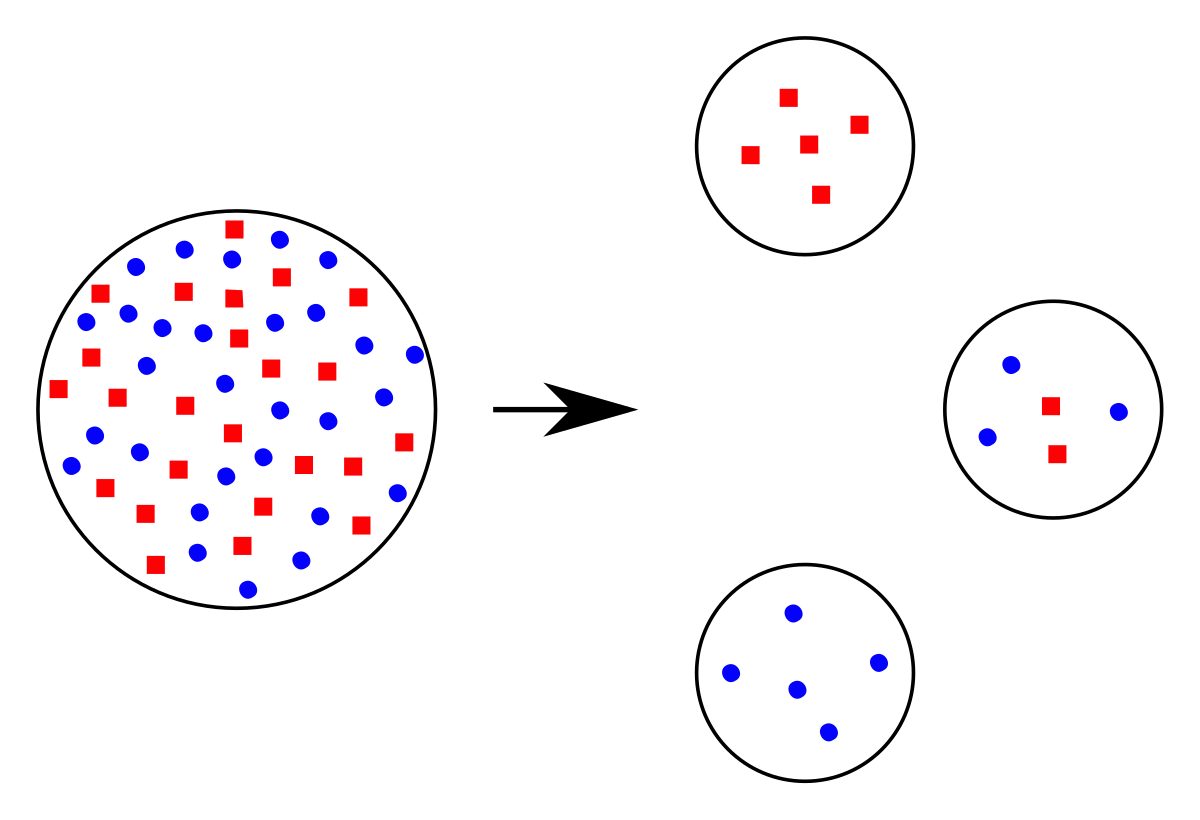
Founder Effect

Bottleneck Effect
Models of speciation:
Allopatric Speciation

Sympatric Speciation
Selection
Reproduction

Genes
Alteration of genes:

Mutations

Vestigial Features
Humans choose which traits are favourable and unfavourable:
Artificial Selection

Ex. Dog breeding
Selection of different traits which occurs naturally:
Natural Selection
Selection against one extreme favouring another extreme:

Directional Selection
Selection against average traits favouring extremes on either end:

Disruptive Selection
Selection against extremes on both ends favouring the average trait:
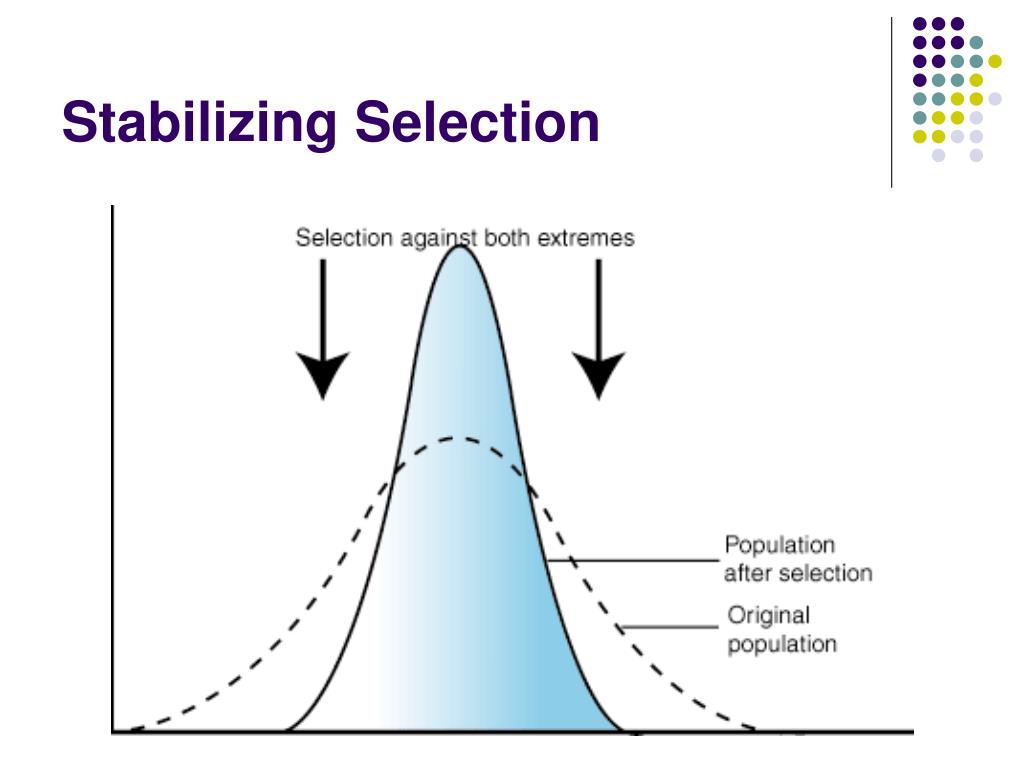
Stabilizing Selection

Sexual Selection
